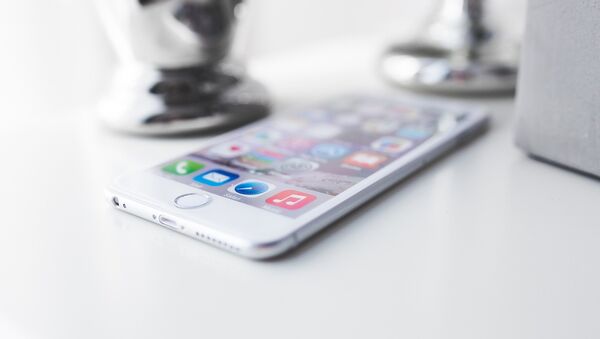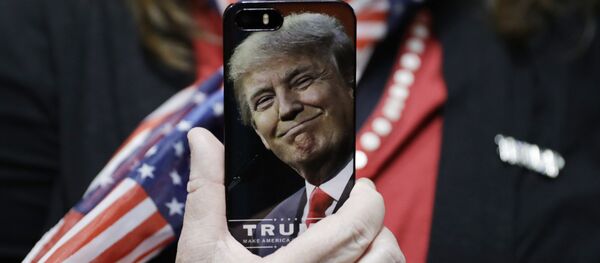Using a 3-D scanner, iPhone users will be able to log in and conduct secure activities like authorizing payments quite quickly as the sensor’s accuracy and speed allows the smartphone to unlock within a few hundred milliseconds and can even work if the phone is facing downward using a dual rear facing camera, according to Bloomberg.
The facial scan, which may not appear on the new phone as it is still in the testing phase, would be more secure than the Touch ID fingerprint scanner, as it takes in more points of data.
The TouchID system was first introduced on the iPhone 5 in 2013, and a year later fingerprints could also be used to install apps and authenticate payments.
Respected Apple analysts Ming-Chi Kuo reports that the facial scan is designed to replace Touch ID.
Samsung has also included biometric authentication on its latest smartphones, incorporating iris scanners where users get their eyes scanned to unlock their phones and authorize payments.
Galaxy 8 users found that they could use a printed photo of a person’s eye to trigger the sensor,resulting in the scanner getting low marks following its launch. This wouldn’t be an issue with Apple’s sensor, as 2-D photos wouldn’t stand scrutiny from its 3-D depth perception.
Generating nearly two-thirds of Apple’s sale, the newest iPhone’s release, expected this fall will mark the device’s largest upgrade in years.
Beyond facial recognition technology, Apple is also testing prototypes of artificial intelligence chips for the iPhone that would handle typing suggesting and image recognition, thereby extending battery life.


